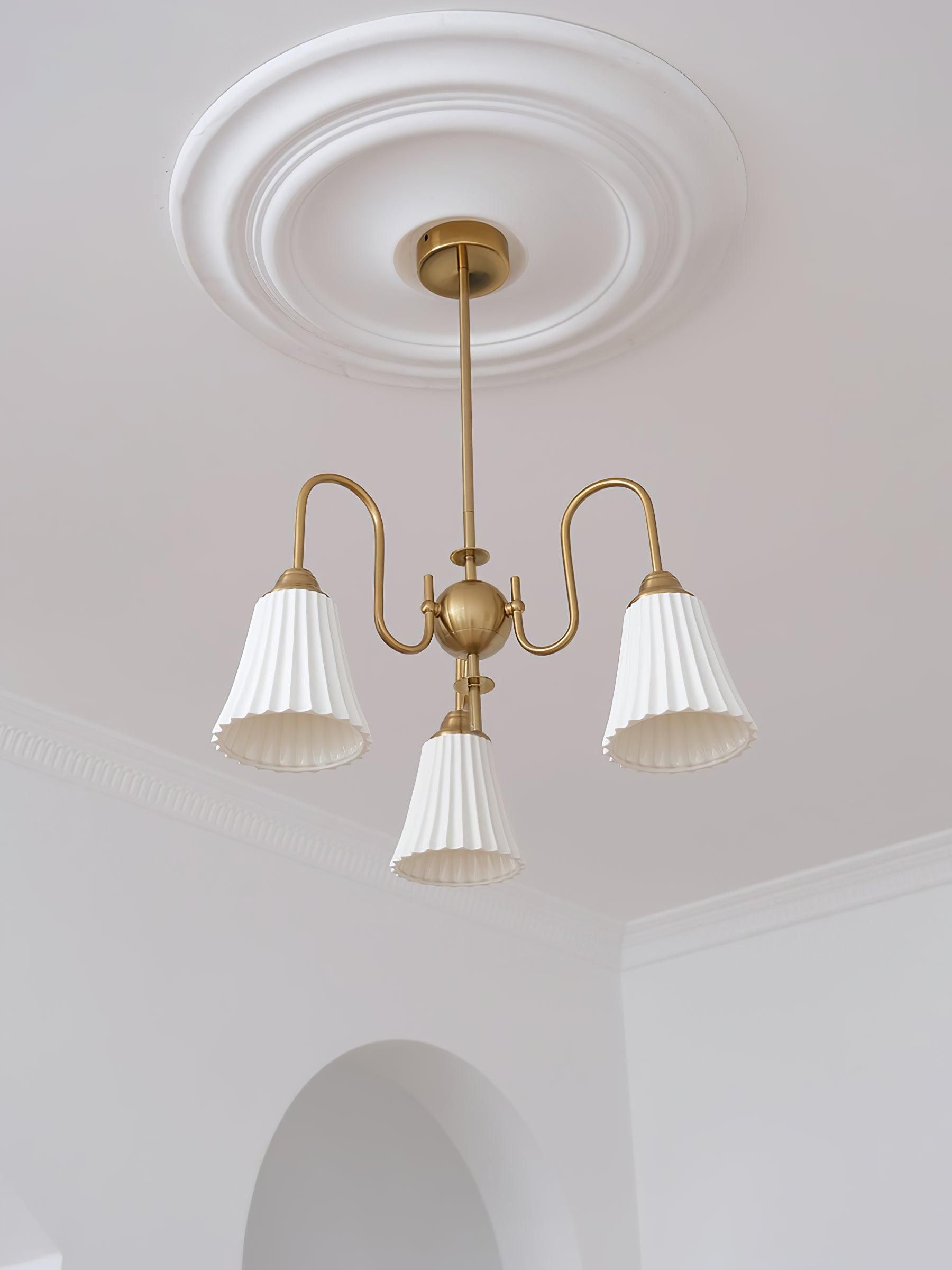
Traditional lighting refers to the use of classic and time-tested lighting fixtures and designs that have been used for centuries. These fixtures often incorporate materials such as brass, bronze, and glass, and showcase intricate details and ornate designs. Traditional lighting fixtures can range from chandeliers and sconces to table lamps and floor lamps, each offering a touch of elegance and sophistication to any space. These fixtures are typically associated with a more formal and traditional aesthetic, evoking a sense of warmth and nostalgia. Traditional lighting can be found in a variety of settings, from grand chandeliers in ballrooms and dining rooms to simple lanterns in outdoor spaces. While modern and contemporary lighting designs have become increasingly popular, traditional lighting continues to be a timeless choice for those looking to add a touch of classic charm to their homes or businesses.
Traditional lighting has long been a staple in many homes and businesses for its reliability and familiarity. It typically involves the use of incandescent bulbs, fluorescent tubes, or halogen lights to illuminate spaces in a warm and inviting manner. This type of lighting has been popular for decades due to its affordability and ease of installation. However, as technology continues to advance, many are now turning to more energy-efficient options.
One of the main drawbacks of traditional lighting is its lack of energy efficiency. Incandescent bulbs, for example, are notorious for being energy hogs and can significantly increase electricity bills. In contrast, LED lighting has emerged as a more sustainable alternative, consuming up to 80% less energy than incandescent bulbs. Additionally, LED lights have a much longer lifespan, reducing the frequency of replacement and ultimately saving money in the long run.
Furthermore, traditional lighting can also pose environmental hazards due to the materials used in its production. Fluorescent tubes, for example, contain mercury, a toxic substance that can be harmful if not disposed of properly. LED lights, on the other hand, do not contain any harmful chemicals and are more environmentally friendly. As awareness of climate change and environmental sustainability grows, many are opting for LED lighting to reduce their carbon footprint and contribute to a greener future.
 Decoration Ideas
Decoration Ideas








